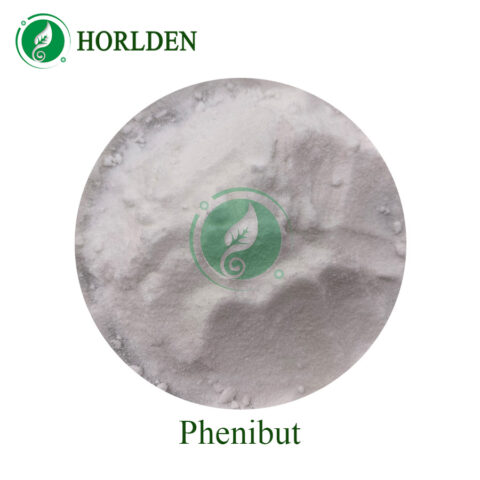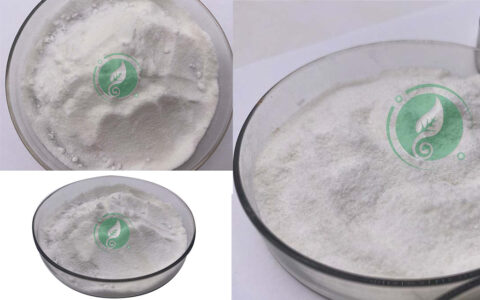
| Phenibut Basic information | |
| Product Name: | Phenibut |
| Synonyms: | 4-AMINO-3-PHENYLBUTANOICACIDHYDROCHLORIDE;4-AMINO-3-PHENYLBUTIRICACID;-Amino-3-phenylbutyricacidhydrochloride;1078-21-3;NA###4-Amino-3-phenylbutyricacidhydrochloride;PHENIBUTCASNO.:1078-21-3PhenibutCASNO.1078-21-3;NootropicsPowderNutritionSupplementPhenibutforFatigueReduceCAS1078-21-3;TIMTEC-BBSBB001567 |
| CAS: | 1078-21-3 |
| MF: | C10H13NO2 |
| MW: | 179.22 |
| EINECS: | 214-079-6 |
| Product Categories: | Dietary supplements; Pharmaceutical raw materials; Health food additives; Biochemical reagents – Amino acids; Antidepressant. |
| Mol File: | 1078-21-3.mol |
| Introduction | Phenibut is a nootropic commonly taken for its calming effect. It is a derivative of the inhibitory neurotransmitter GABA, but with an extra phenyl ring which allows it to pass the blood-brain barrier more easily. Phenibut has been shown to: protect against stress, reduce severity of brain injuries; reduce anxiety; and modulate the immune system . Phenibut has a low toxicity, and is freely soluble with water, so if you don’t like the taste, you can easily mix it with a drink. It should not be combined with alcohol, MAO inhibitors, and epilepsy medication. |
| Application | 4-amino-3-phenylbutyrate hydrochloride, commonly used in the preparation of antidepressants, is a very important pharmaceutical intermediates, which can be used in laboratory research and development processes and chemical pharmaceutical manufacturing processes. |
| Phenibut Chemical Properties | |
| Melting point | 252.5°C (rough estimate) |
| Refractive index | 1.5710 (estimate) |
| Boiling point | 311.75°C (rough estimate) |
| density | 1.1248 (rough estimate) |
| pKa | 4.10±0.10(Predicted) |
| form | Crystalline powder |
| color | White |



